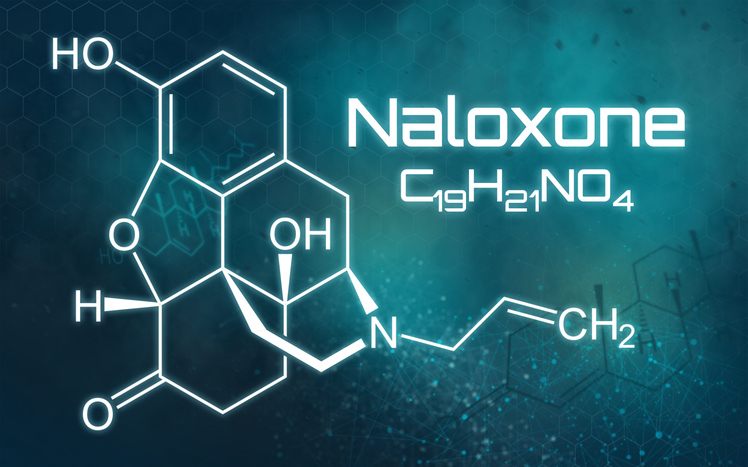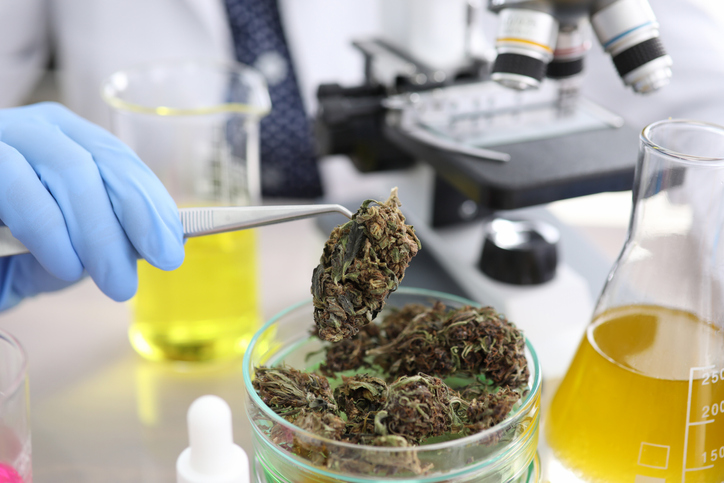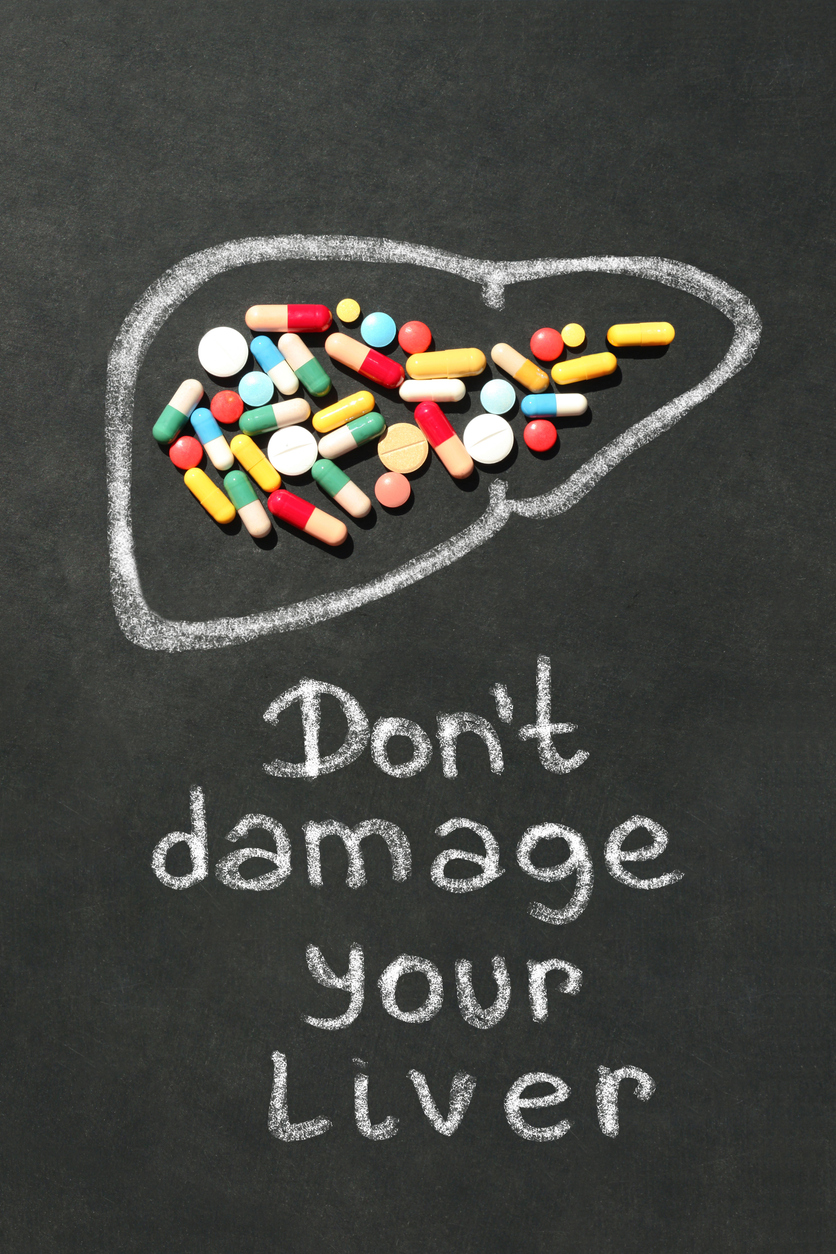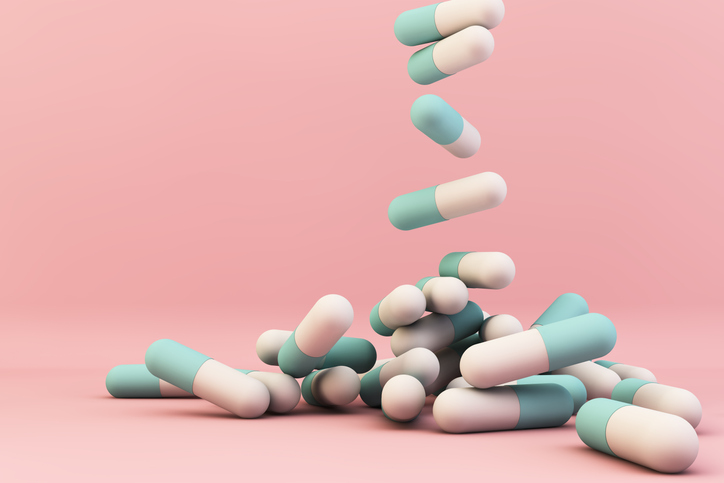Treatments
Low-Dose Naloxone (LDN)

What is low-dose naloxone?
Naloxone is a medication that was approved by the FDA in 1984 to treat opioid addiction; the amount of naloxone given for opioid addiction is high compared to the amount given for chronic pain. The effect on the body of high doses versus low doses of naloxone is drastically different. When given at a low dose (usually one-tenth or less of the dosage given for opioid addiction), this medication is effective in providing relief for chronic pain. The average dosage of low-dose naloxone is 4.5 milligrams.
LDN and chronic pain
Low-dose naloxone (LDN) operates as an anti-inflammatory agent in the central nervous system. Although low-dose naloxone has yet to be approved by the FDA, it has proven very effective in clinical studies. It is a valuable option for treatment of certain conditions, which include, but are not limited to, the following:
- Fibromyalgia
- Multiple sclerosis
- Complex regional pain syndrome (CRPS)
- Crohn's disease
- Cancer
- Autoimmune thyroid disorders
- Myalgic encephalomyelitis/chronic fatigue syndrome
Findings in clinical trials demonstrate that between 2:00 a.m. and 4:00 a.m. blood level endorphins, which play a vital part in immune system function, are increased. Many participants in these clinical trials have a deficiency of endorphins. Restoration of the body's normal endorphin production is the major therapeutic action of LDN for people facing a chronic pain condition. Even though LDN is still in the experimental stage, it is proving advantageous as a viable treatment option for chronic pain.
Benefits of LDN
Low-dose naloxone not only reduces pain levels, but it also can aid with fatigue, stress, sleep issues, gastrointestinal problems, and headaches. The most common side effects have been vivid dreams and difficulty sleeping. LDN is inexpensive and usually well tolerated.















